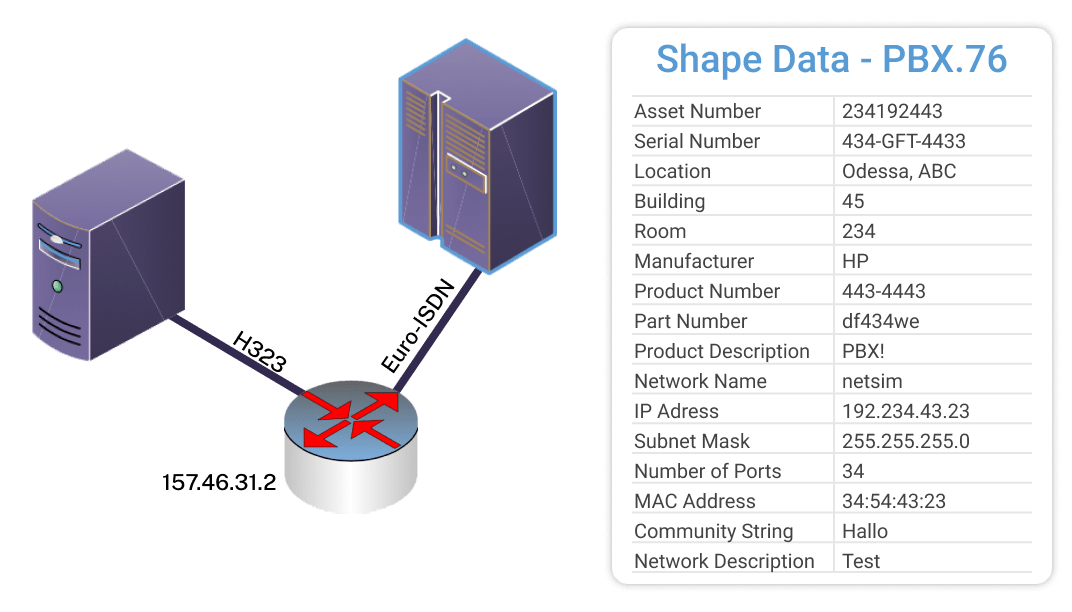
Man, You saved my life!!! That’s great!!!! Thanks!!!! They hold their fidelity until the 1 to 16 scale is applied, then the weirdness ensues.Īs I mentioned in the warning above, this change does mess with existing shapes. Since they’re custom shapes, I imagine there’s something in the make-up of the shapes that causes this to happen. Instead of displaying normally, shapes like scrolling text areas, drop-down lists, and radio buttons loose lines or other elements. I’ve been using the ol’ pica-to-pixel trick, but am having trouble with some of the company stencils we use. Thank you! Exactly what I was looking for and it worked a treat! Pingback by links for « Giri’s Blogmarks - Aug 10:03 am Pixel rulers in Visio « Complex Diagrams (tags: visio wireframe) You’ll have to adjust the dimensions on the wireframes, but at least it’s distorted. This is what I found useful: copy/cut your original wireframes/diagrams, then adjust your settings. Any “actual size” on paper is only “actual” for one specific resolution. You can get a 17″ laptop with the same number of pixels as a 24″ widescreen monitor. One issue here is that different models of display are going to have different resolutions. However, due to differences in resolution it ends up scaling down when printed. Hmmmm….what happens with respect to the scale when you print something? My ideal would be to take your solution (which works on screen) and then be able to print such that the “actual” size on paper looks very very close to the size on screen.
VISIO FOOTBALL FOR MAC TRIAL
Both programs offer free 30 day trial periods to see if you like them, and both are well documented and supported. In the work where I discovered this hack, exact font size wasn’t an issue and rough spacing was close enough.įor pixel-perfect diagrams I strongly suggest using OmniGraffle (Mac only), and for interface mockups and wireframes I suggest using Adobe Fireworks. My suspicion is that because Visio isn’t a proper layout program, it’s not scaling the fonts at all, and is displaying them at the native size regardless of the document measure and scale. Once again, thanks for the great suggestion. 1 pica type doesn’t look like 1 pixel type whereas the graphics that I’m laying down are pixel perfect. I set the units on type to picas, and when I put the type in the page, I don’t feel like I’m getting any useful information about it. Then I want to put some type in the page. For example, I create a new file with the units and scale set as you specify. Thankfully, I’m using Fireworks for my wireframes these days, so I don’t have immediate recall about the font behaviors.

I don’t recall having issues with drawings that were scaled this way initially. How do you deal with fonts? I changed my fonts to picas, but they don’t seem to be responding to the drawing scale changes.Īre you adjusting existing drawings, or starting fresh? Things get weird when adjusting the scale of existing drawings. Here is a Visio file template with the units set properly. You could set an appropriate ratio with any of the available units, but it works well with picas, and I find it useful that all units are labeled as p.
VISIO FOOTBALL FOR MAC WINDOWS
By setting the ratio at 1:16, Visio presents a diagram at 96 picas per inch, the same as the Windows standard of 96 pixels per inch. Select the Custom Scale radio button and set the ratio to 1 p = 16 p. Step Two In the same dialog box, select the Drawing Scale tab.

In the Measurement units field select Picas.

Step One Open the File > Page Setup menu and select the Page Properties tab. I suggest working on duplicate files, not originals. Warning: doing this on existing Visio documents may severely distort your existing drawings.

Luckily, Visio provides a set of features that allow a fairly simple, two step work-around. It’s true a pixel is only an on-screen measure, and is clearly only useful for a few, obscure situations, such as when creating interface mockups, wireframes, or prototypes for software, the web, or any other sort of images meant to be viewed on a screen. To simulate pixels, set the measurement units to points. A pixel is just a dot on a screen and the size of the dot varies for different screens. However, a pixel isn’t a unit of measurement. I finally found the definitive answer from Microsoft: For some types of drawings, you may want to change the measurement units to pixels. I couldn’t figure out how do do it, though Visio does support such diverse measurements as Ciceros and Didots. Should you be required to work in Visio, you may well find yourself, as I did, wishing to measure your drawing in pixels.


 0 kommentar(er)
0 kommentar(er)
